Low Scoring Sites
Both examples on this page are examples of locations that do not score well in the Cultural Health Index (CHI) assessment due to factors that will become apparent from the images and videos.
Pukepuke Lagoon
Scroll through the images to see the scoring sheets and photos of Pukepuke Lagoon. Open up the adjacent Water Quality Issues accordion to watch the video where TATEC explains the main reason why the water quality at this location scores so poorly.
water quality issues
Join TATEC as we explain some of the main reasons why Pukepuke Lagoon’s water quality is not recommended for drinking or even coming into contact with.
Watch the videos below to discover how Rangitāne o Manawatū are using the cultural health scoring system to monitor all the indicators at Pukepuke Lagoon.
Moutoa Blind Island
Moutoa Blind Island has an oxbow lagoon that was cut off from the Manawatū Awa. It was historically part of the Moutoa swamp. A stop bank system has been built around the lagoon to stop water flooding out of the Manawatū Awa.
Watch the video to hear TATEC talk about the diversity of elements found at this location. The water body has a number of challenges that affect the water quality which is currently being monitored.
Watch the video as TATEC explains that the lagoon, alongside the Manawatū Awa has historically been associated with high pollution. Hear how this is changing and what Rangitāne o Manawatū are doing to improve the water quality at this site.
Click the button below to compare higher scoring locations and learn why they score highly compared to the locations on this page.
















